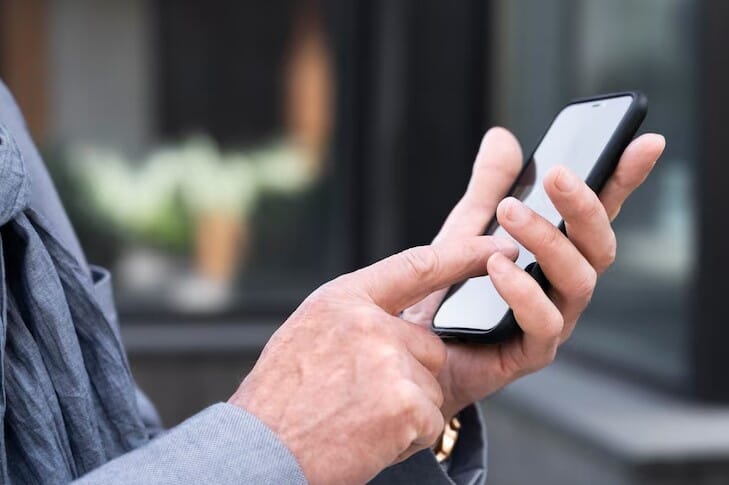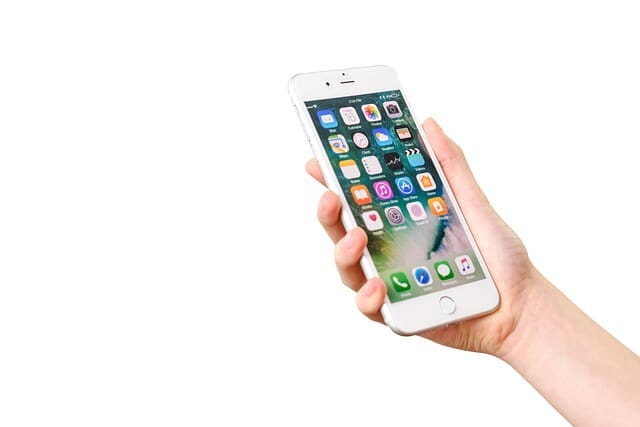Beyond Caller ID: Techniques to Identify a Phone Number Effectively
When your phone buzzes with an incoming call, the first thing you usually do is glance at the caller ID. But what if that number isn’t familiar? What if it’s a potential spam call or someone trying to deceive you? Understanding how to identify a phone number beyond just the caller ID can save you from many headaches and help ensure your privacy and safety. In this article, we will explore several techniques and tools that can assist you in effectively identifying phone numbers, validating their authenticity, and ultimately making informed decisions about whether to pick up or ignore the call.
Understanding Caller ID Limitations
What is Caller ID?
Caller ID is a standard telecommunication service that allows recipients of phone calls to see the number of the calling party before answering. While this feature is handy, it has its limitations. For instance, not all callers choose to display their number, which can lead to missed opportunities or unexpected surprises when you answer.
Why Relying Solely on Caller ID Isn’t Enough
Relying solely on caller ID for identifying phone numbers can be misleading. Scammers often spoof legitimate numbers, making it appear as though they are calling from trusted sources. This makes it crucial to have additional strategies for verification.
Techniques for Identifying Phone Numbers
1. Phone Number Checkers: Your First Line of Defense
A phone number checker is an online tool designed to verify the authenticity of a phone number. These tools allow you to input a number and receive information about its origin, carrier, and even user comments regarding spam or scam activity.
2. Reverse Phone Lookup Services
Reverse phone lookup services are incredibly useful when trying to identify unknown callers. By entering the phone number into these services, you can often uncover personal details associated with that number.
Popular Reverse Phone Lookup Services
- Whitepages
- AnyWho
- Truecaller
These services provide various levels of detail ranging from basic carrier information to comprehensive reports that may include previous addresses associated with the number.
3. Social Media Search: A Modern Approach
Many individuals link their phone numbers to social media accounts like Facebook or LinkedIn for networking purposes. If you're trying to identify a phone number, conducting a quick search on social platforms can yield surprising results.
How To Use Social Media for Identification
- Input the unknown number in the search bar.
- Look for any profiles linked directly to that phone number.
- Pay attention to mutual friends or connections that could provide context around who might be calling.
4. Conducting a Google Search
Sometimes the simplest solution is right at your fingertips. Performing a Google search by typing in the full phone number (including area code) may reveal forums or websites where others have reported similar experiences with that particular number.

Phone Number Validation Techniques
5. Checking Area Codes and Prefixes
Understanding area codes and prefixes associated with certain regions can provide insight into whether a call is local or long-distance—and potentially suspicious if it's unexpected.
Table: Common US Area Codes
| Area Code | City/Region | |-----------|---------------| | 212 | New York City | | 310 | Los Angeles | | 415 | San Francisco |
Knowing where the call originates can help assess its legitimacy.
6. Using Phone Verification Tools
Phone verification tools validate whether a given phone number is active without making an google phone number search actual call. These tools check against databases of known valid numbers and can indicate whether a line is currently in use.
Beyond Caller ID: Advanced Techniques for Identifying Unknown Numbers
7. Text Messaging Verification
If you're hesitant about answering an unknown call but want to know who's reaching out, consider sending a text message instead of picking up. You could simply ask who’s calling; legitimate callers will typically respond promptly.
8. Utilizing Call Blocking Apps
There are several apps available today designed specifically for identifying spam calls and blocking them automatically:
- RoboKiller
- Hiya
- Mr. Number
These apps maintain databases of known spam numbers and utilize crowdsourcing methods where users report unwanted calls—keeping your device safer from intrusive telemarketers and scammers alike.
Identifying Numbers through Community Feedback
9. Crowdsourced Information Platforms
Platforms like Reddit have communities dedicated specifically to identifying spam numbers where users share experiences regarding suspicious calls they’ve received.
How It Works
10. Reporting Spam Calls Through Consumer Websites
Many websites allow users not only to report unsolicited calls but also read up on others' reports concerning specific numbers:
- FTC Do Not Call Registry
- Better Business Bureau
This way, you gather collective insights before deciding how best to handle future communications from unknown sources.
Legal Considerations in Phone Identification Techniques
11. Understanding Privacy Laws Regarding Phone Numbers
Before diving into aggressive identification tactics, it’s crucial to understand privacy laws related to phone identification; unauthorized access or misuse could lead one into legal troubles.
Key Regulations
- Telephone Consumer Protection Act (TCPA)
- The Fair Credit Reporting Act (FCRA)
Understanding these regulations ensures you remain compliant while exploring your options for verifying unknown callers effectively.
FAQs
1. Can I always trust caller ID?
No! Scammers often use techniques called "spoofing" which allows them to disguise their actual identity by displaying another person’s information on caller ID.
2. How effective are reverse lookup services?
Many reverse lookup services can provide valuable information about an unknown caller but results may vary depending on privacy settings or public data availability.
3. Is using social media safe for identifying numbers?
While social media searches can yield useful results, it's essential always exercise caution since not all details shared online are reliable or accurate representations of individuals’ identities.
4. What should I do if I suspect harassment?
If harassment occurs via repeated unwanted calls from specific numbers, document these instances thoroughly before reporting them either through law enforcement channels or consumer protection agencies like FTC/DNC registry options available in your country!
5. Are there free resources available for checking numbers?
Yes! Many online platforms offer free basic checks; however premium subscriptions may be required depending upon depth & breadth desired within those searches undertaken by users!
6 How does caller verification software work?
Caller verification software utilizes algorithms alongside databases containing active/non-active lines aimed at determining legitimacy without requiring direct contact via voice communications themselves!
Conclusion
In an age where communication happens at lightning speed through various channels, knowing how to effectively identify a phone number beyond just relying on caller ID is invaluable knowledge every individual should possess! From using advanced verification tools such as reverse lookups & social media searches down through understanding relevant laws surrounding personal information safeguarding – each technique provides unique advantages tailored toward enhancing security measures taken during daily life interactions involving telecommunication mediums utilized regularly today!
So next time your phone rings with an unfamiliar number flashing across its screen: remember these techniques discussed here today! They’ll empower you well beyond mere reliance upon standard caller IDs alone – equipping yourself instead with greater awareness needed within this digital landscape we navigate every day collectively together!
